Northern Italy is home to the Alps, but the rest of Italy is known for its breathtaking landscapes, including the Mediterranean Sea and the islands of Sardinia and Sicily. The long, beautiful coastline of the peninsula is bounded by the Adriatic, Ionian, and Tyrrhenian Seas, while the Apennine Mountains run through the middle of the peninsula.
Italy has a wide variety of landscapes, and within those landscapes are a plethora of world-famous cities like Florence, Rome, and Venice, as well as many little villages in areas like the northern Italian lake region and the western Italian Riviera.
20-Abruzzo
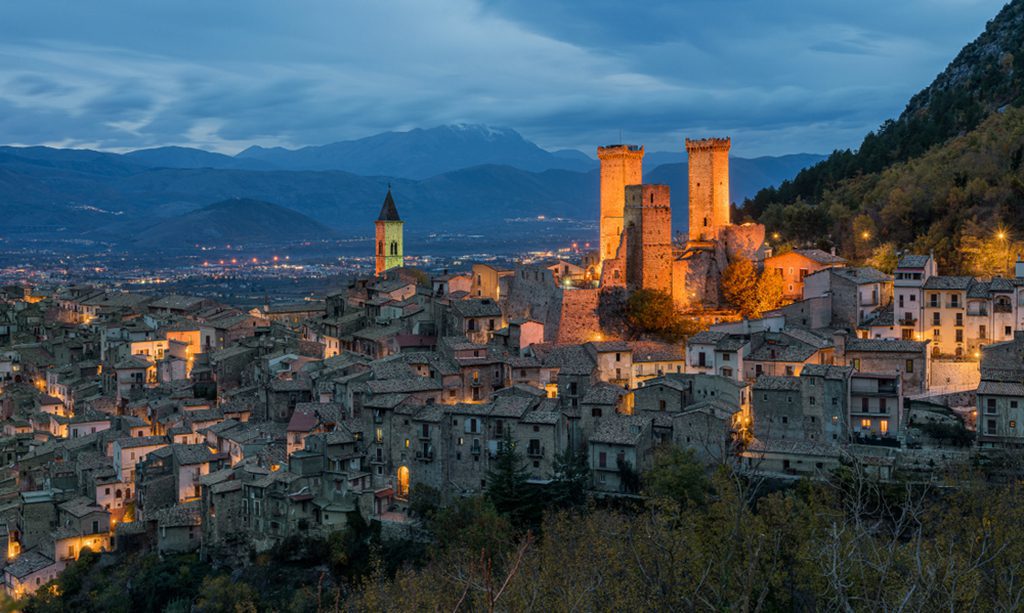
Abruzzo, located in central Italy, is surrounded by stunning natural scenery; approximately half of the region has been designated as protected parks and reserves. A paradise for those who like the outdoors, indeed. Skiing, rock climbing, and hiking are just a few of the many popular outdoor pursuits.
Different types of scenery can be found here, with most of the natural beauty still intact. Take in the spectacular rise of the Apennines to the west and the stunning length of the Adriatic shoreline to the east.
Abruzzo is known for its beautiful castles and medieval towns, with L’Aquila, Pescara, and Sulmona being the most visited. The remainder of the area consists of rolling hills, sweeping valleys, and low-lying plains.
19-Aosta Valley
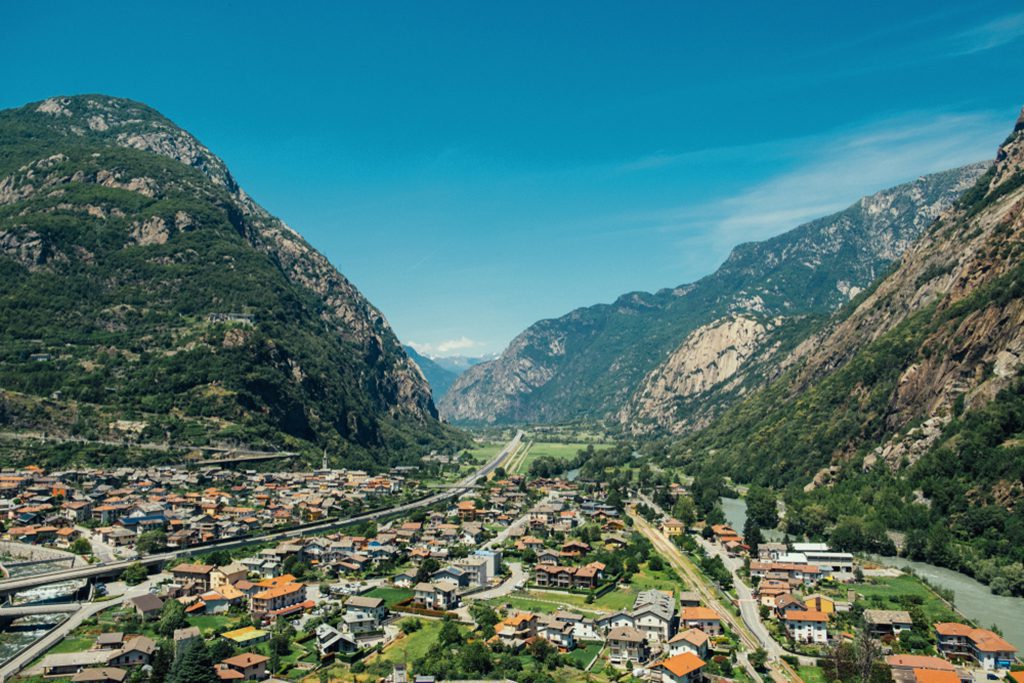
Although Aosta Valley is Italy’s smallest region, it borders France and Switzerland and is situated high in the Alps, making it home to some really breathtaking natural wonders.
The area is beautiful because it has some of Europe’s tallest mountains, including Mont Blanc, as well as the Matterhorn, Monte Rosa, and Gran Paradiso. All around you are beautiful landscapes to explore on any one of a seemingly limitless number of hikes. Skiing and climbing are also popular sports among both residents and visitors.
Most visitors come to see the Grand Paradiso National Park and its surrounding mountains and valleys, but the region also has some charming mountain towns and villages. The best of the lot are definitely Aosta and Courmayeur.
18-Apulia

Apulia, the region that makes up the “heel” of Italy, is located in the country’s extreme southeast and has a mild and pleasant climate, making it a popular tourist destination.
It has a vast coastline; part of it consists of cliffs, although here and there you’ll find some beautiful beaches. In addition to the beautiful landscape, there are many interesting historical sites and charming cities to explore.
Lecce is the crown jewel, but don’t discount Bari or Brindisi just yet. It is fair to call this place “the Florence of the South,” owing to the abundance of fine art, historical sites, and cultural icons found here. In Apulia, history, culture, and environment are all around you, so you truly can’t go wrong. Destinations like the picturesque Tremiti Islands and the ancient city of Gallipolli are at your disposal.
17-Basilicata
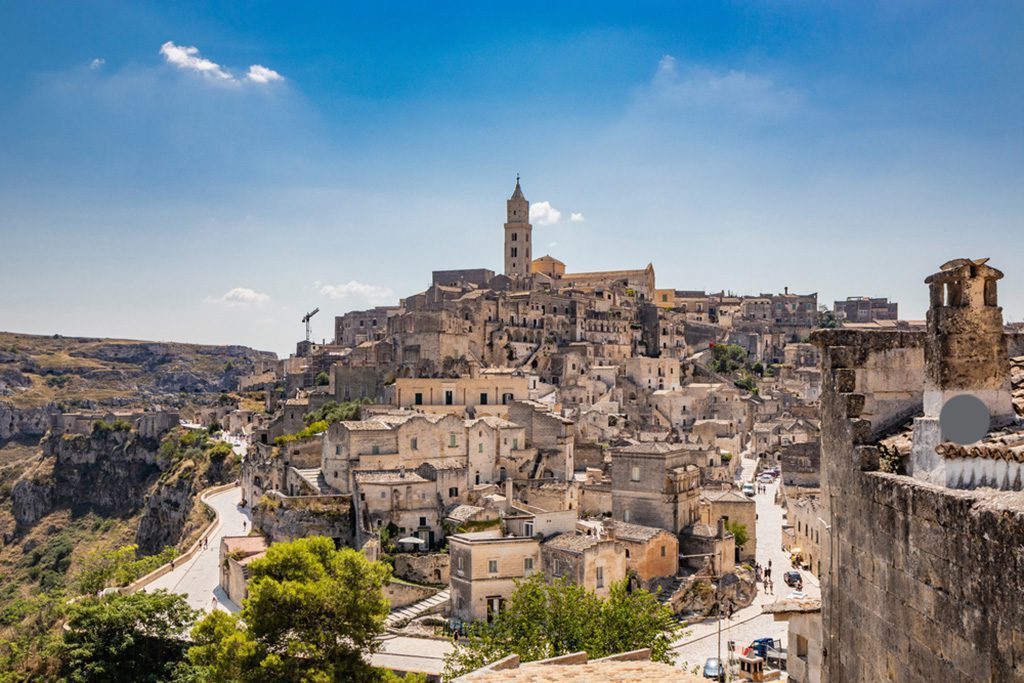
Basilicata, located in the heel of Italy, is often disregarded by tourists in favor of Calabria and Apulia (the “toe” and “heel” of the country, respectively), but it is well worth the trip.
Since one-third of the area is protected land, such as parks and reserves, there is plenty of beautiful landscape to explore. There is a wide range of natural beauty, from the lush and hilly interior to the barren and wild coast.
Some beautiful towns, including Irsina and Maratea, are tucked away in this area. Matera, the 2019 European City of Culture, is only one of several remarkable ancient sites and castles scattered around the area.
16-Calabria

The gorgeous beauty of Calabria will have your heart pounding, as the region is blessed with a coastline that will take your breath away. The Tyrrhenian Sea to the west and the Ionian Sea to the east form the coasts of the “toe” of Italy.
Calabria is known for its coastal cities and culture, but the area also has three beautiful mountain ranges and a large, forested alpine plateau in its middle.
Calabria is a great place to take a break because of its relaxed culture that dates back hundreds of years, if not millennia. The area is teeming with fascinating Byzantine churches, Greek monuments, and quaint villages to see on your travels.
15-Campania
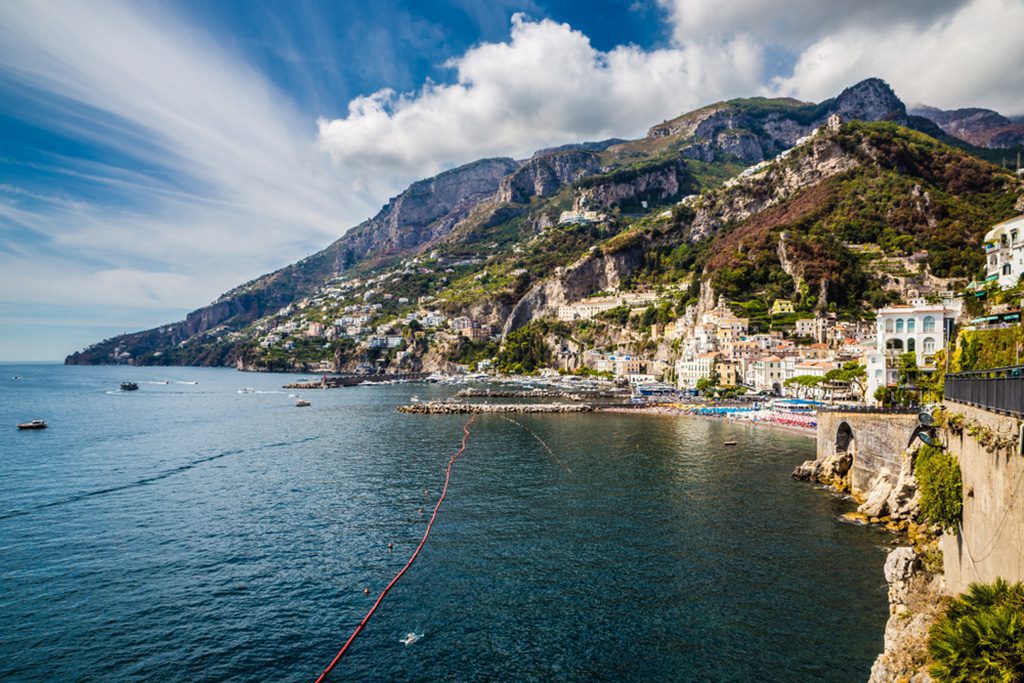
You’ll have your hands full attempting to see all of Italy’s historical, natural, and aesthetic significance in its most populous region.
Tourists go to Naples and the surrounding area to see Mount Vesuvius and Pompeii, but the Amalfi Coast is just as well-known. The charming towns of Positano and Amalfi, for example, are hidden at the base of towering mountains that provide breathtaking views of the Mediterranean below.
Traveling to Campania is a wonderful experience. It is home to beautiful landscapes, fascinating historical sites, and the picturesque islands of Capri and Ischia.
14-Emilia-Romagna

Emilia-Romagna, like the rest of Italy, is home to a stunning number of old towns, each seemingly more magnificent than the previous. The same holds true for its varying topographies and ecosystems.
Bologna, the region’s capital, has the oldest university in all of Europe. Ferrara, Modena, and Ravenna may have more impressive churches, museums, and monuments, but Bologna is perhaps the most well-known attraction in Emilia-Romagna.
Because it runs westward from the Adriatic, this area covers a wide range of climates. The Po basin and the surrounding plains rise over the mountains, hills, and valleys on their approach to the beautiful shore.
13-Friuli-Venezia Giulia
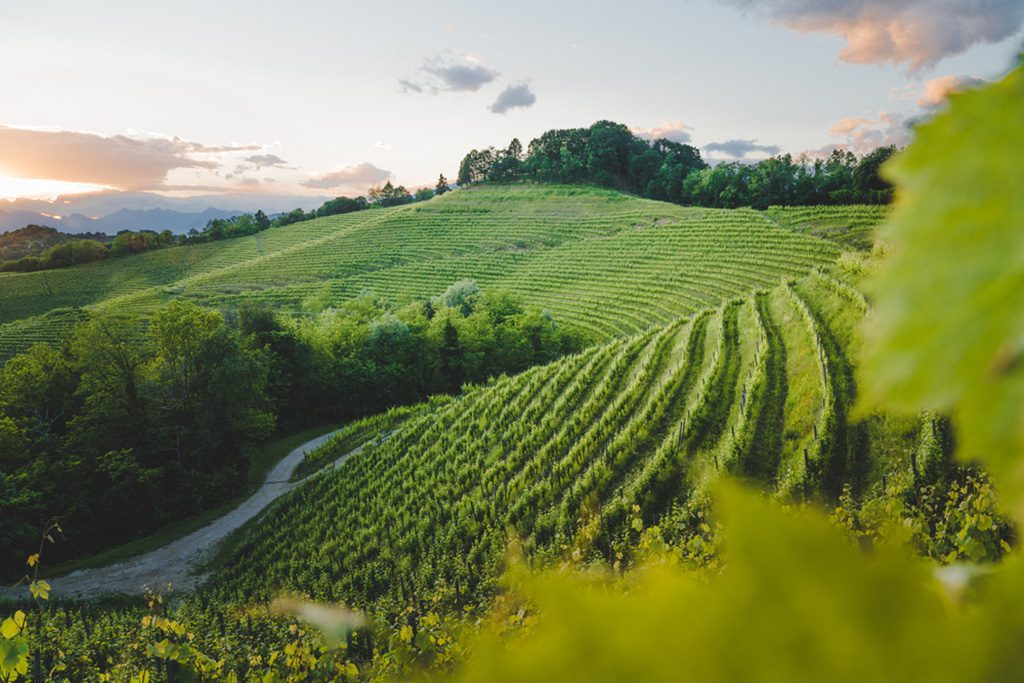
Friuli-Venezia Giulia stands apart from the rest of Italy in terms of both its appearance and atmosphere because to its proximity to Austria and Slovenia. Trieste, the capital, is a wonderful example of this, since it combines elements from a wide variety of cultures and architectural styles.
There is enough breathtaking landscape to capture on your camera, since the area is dotted with mountains, forests, and alpine lakes. In the summer, many people go on hikes, climb mountains, and swim, whereas in the winter, many people ski and snowboard.
Castles and other ancient structures abound at this strategic crossroads of Southern, Central, and Eastern Europe, many of which date back centuries to the many dynasties that have governed here.
12-Lazio
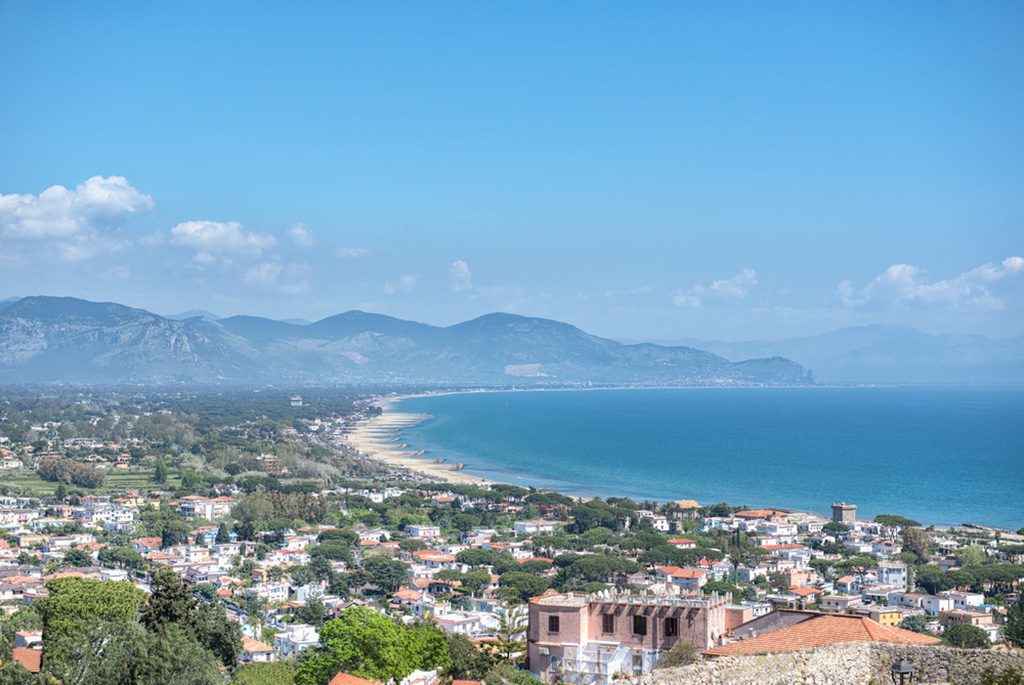
Even though Rome is the largest city in Lazio and is home to many famous landmarks, the region is considerably larger. Traveling to outlying areas of the region is highly recommended.
For example, the Castelli Romani are a group of picturesque hill towns not far from Rome and the Vatican. They are surrounded by scenic lakes and hills. Day trips outside of Rome to Civita Castellana and Tivoli are also highly recommended.
Though much of Lazio is somewhat flat in contrast to the rest of Italy, there is plenty of beautiful landscape to explore, and the beautiful coastline is nearly exclusively comprised of sandy beaches.
11-Liguria
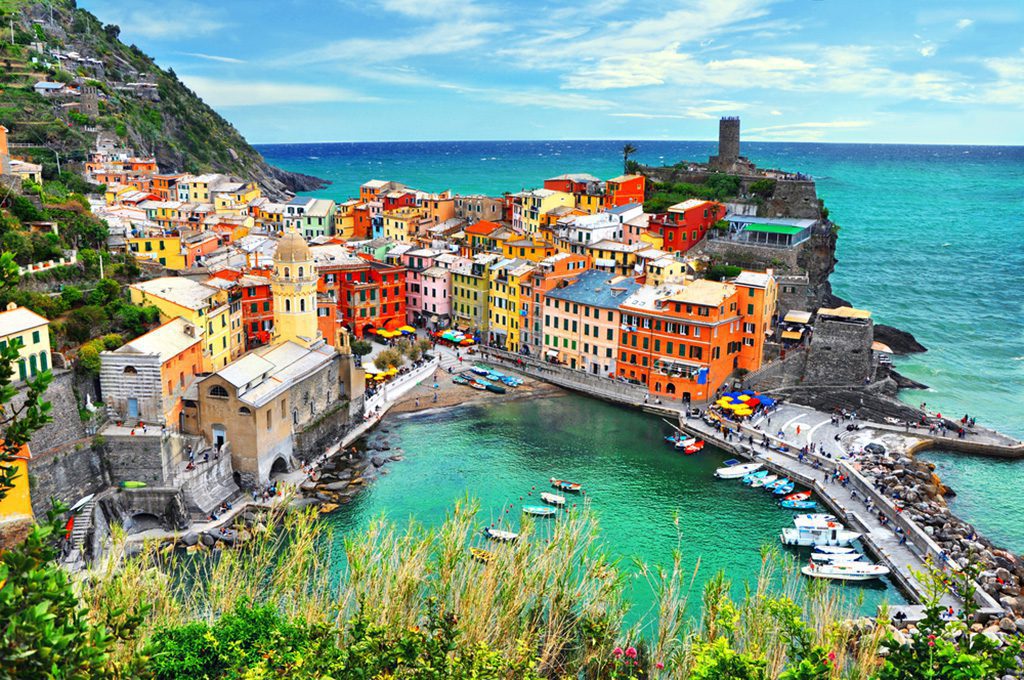
Liguria, a picturesque area that hugs the coast of Italy’s northwest, is where you’ll find the world-famous Italian Riviera. In addition, there is the breathtaking Cinque Terre, which consists of five picturesque villages perched precariously on the edge of the sea and surrounded by tall cliffs and hills.
This area, comprised of a long, narrow piece of land, is home to some of the world’s most gorgeous towns and villages. The capital of Liguria, Genoa, is also the region’s biggest and liveliest city, and the picturesque village of Portofino is a major tourist magnet.
The little region of Liguria, Italy, packs a big visual punch because of its location between the mighty mountain ranges of the Alps and Apennines to the north and the warm waters of the Mediterranean to the south. These striking contrasts provide for breathtaking scenery, and there are miles of beautiful hiking paths that run down the shore.
10-Lombardy
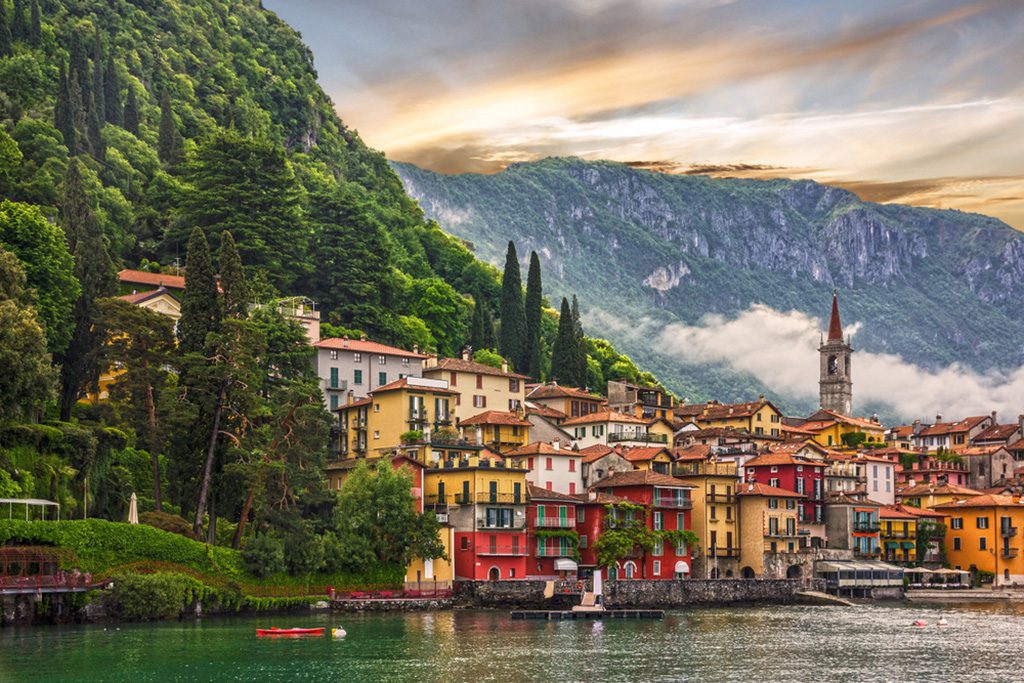
Lombardy, in northern Italy near the Swiss border, is home to stunning natural beauty. Northern Italy is home to the Alps, and from there you can travel south to the Prealps, the Italian lake area, and such beautiful cities as Milan, Bergamo, and Lecco.
There is, then, something for everyone to enjoy: shop until you drop in Milan; relax on a boat on Lake Como or Lake Garda; and then go to the Alps to appreciate the scenery from one of the many great hiking trails.
The beautiful landscapes of Lombardy are home to several of the region’s cities. Ancient cities have magnificent historic districts to explore, and the surrounding mountains and lakes provide for a stunning backdrop while you take in your surroundings.
9-Marche
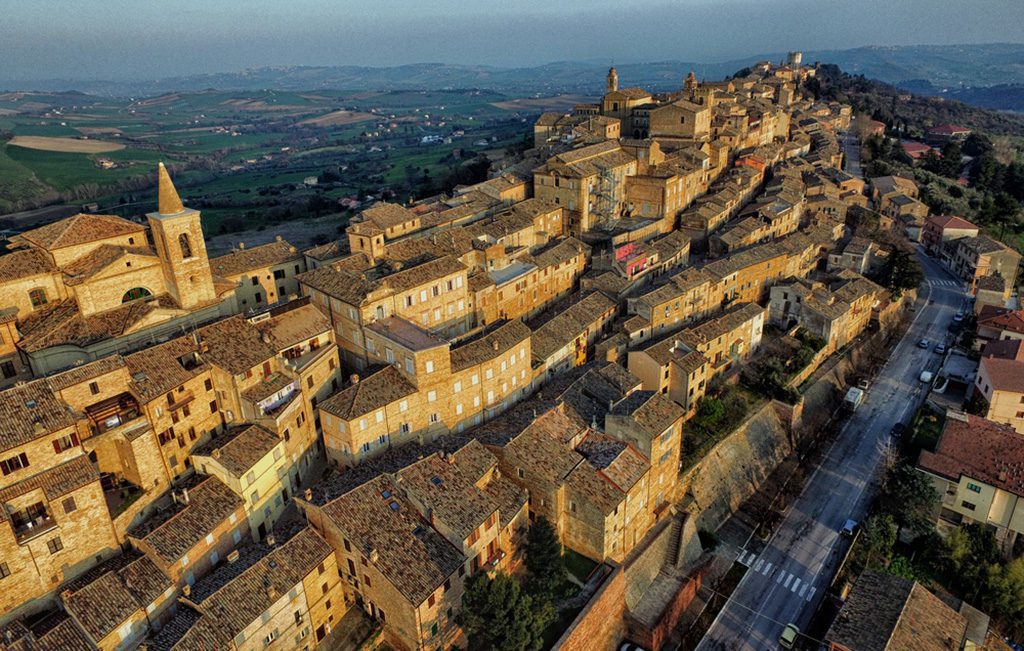
Marche, in central Italy, is a beautiful place to visit because of its magnificent Adriatic coastline, old hilltop towns, and lovely, rolling countryside. Much fewer tourists come than to Rome, Naples, or Venice, making it ideal for those seeking a serene vacation.
It is known as “all of Italy in one location” because of its diverse landscape, which includes the Apennines in the west, plains and rolling farms in the middle, and stunning beaches and sheer cliffs on the east.
Ancona, the largest city in the area, is packed with historical sites, including museums and monuments. Ascoli Piceno, Cingoli, and Fano are just a few of the beauties tucked away in Marche.
8-Molise
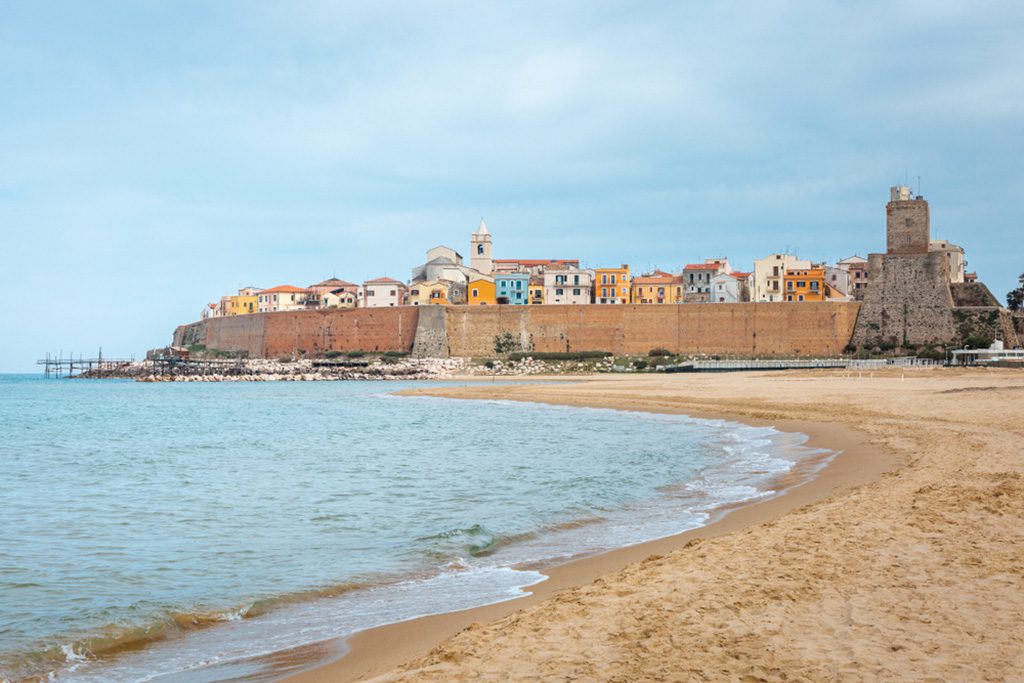
Molise is the second-smallest region in Italy and is largely unknown even among Italy enthusiasts, making it a really off-the-beaten-path vacation. This means it’s the perfect destination if you want to avoid the tourist traps and see Italy as it really is.
The southern area is located on the Adriatic coast and has a wide variety of scenery, from magnificent beaches to rough, rocky cliffs. You can find beautiful parks and reserves all around its interior.
The little villages of Carovilli, Ripalimosani, and San Pietro Avellana are great to visit; surrounded by woods, mountains, and rolling hills, they appear undisturbed by time, and there are some intriguing ancient ruins and castles to check out in the area.
7-Piedmont
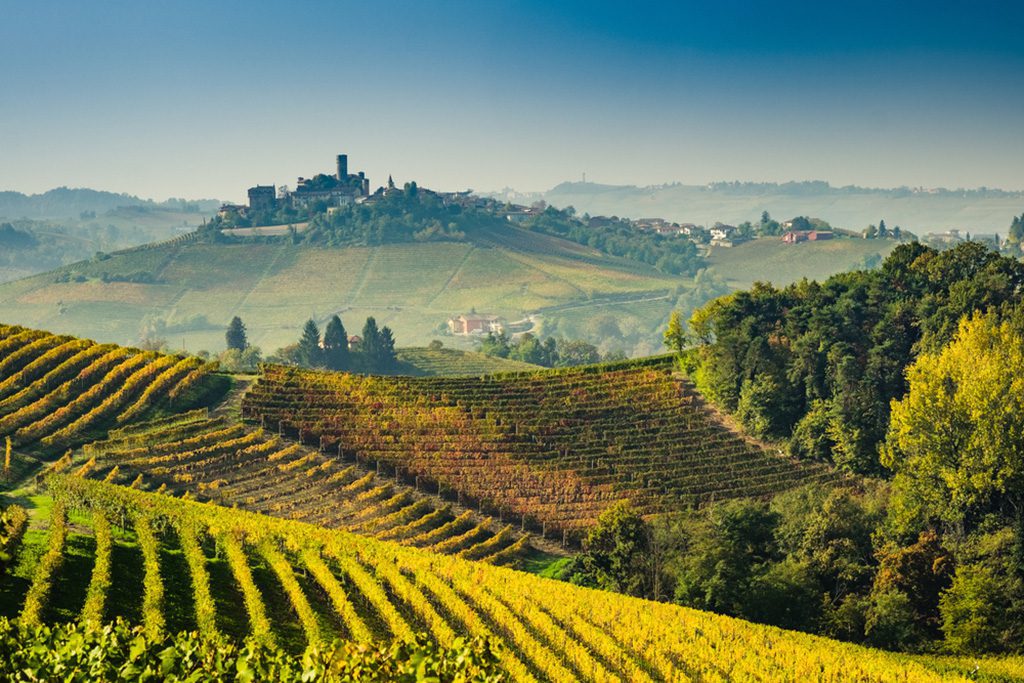
Piedmont, a region in northwest Italy that shares a border with France, is surrounded on three sides by the beautiful Alps, which gaze down upon it with an air of imperiousness.
Lake Maggiore and rolling hills covered in stunning vineyards and exquisite little wineries can be found in Piedmont, a region of Italy known for its abundance of mountains and the outdoor recreation opportunities they provide.
Discovering the local area is a delightful experience. Even though Turin is the most prominent capital in Piedmont, you shouldn’t miss out on seeing the region’s other wonderful urban centers like Asti, Bra, and Stresa.
6-Sardinia
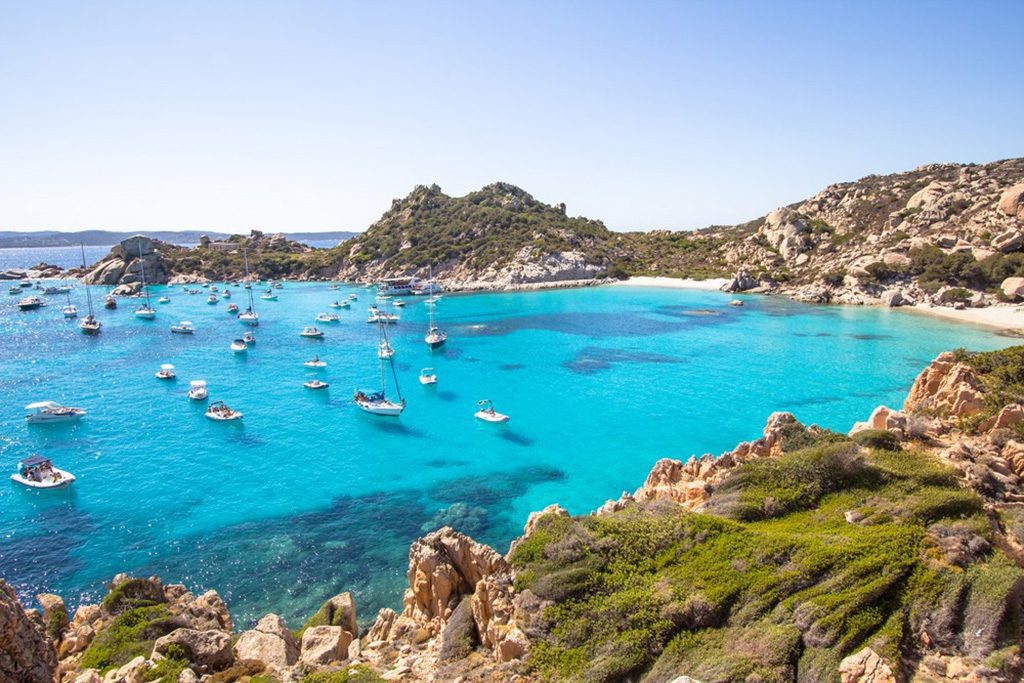
Sardinia is a gorgeous island in the Mediterranean, located south of Corsica and surrounded by crystal-clear water. There’s no denying that the rugged cliffs and beautiful coastline are the primary attractions, but the mountains inland are just as exciting to explore.
Sardinia is a paradise for nature lovers because of its varied topography and mild Mediterranean climate. Swimming, sailing, and windsurfing are all common watersports, and the beautiful landscape is perfect for a weekend of hiking and camping.
The island’s two main cities, Cagliari and Sassari, are both fantastic vacation spots. Off the beaten path from the tourists that go to Sardinia for its stunning beaches are dozens of quaint and picturesque villages just waiting to be explored.
5-Sicily
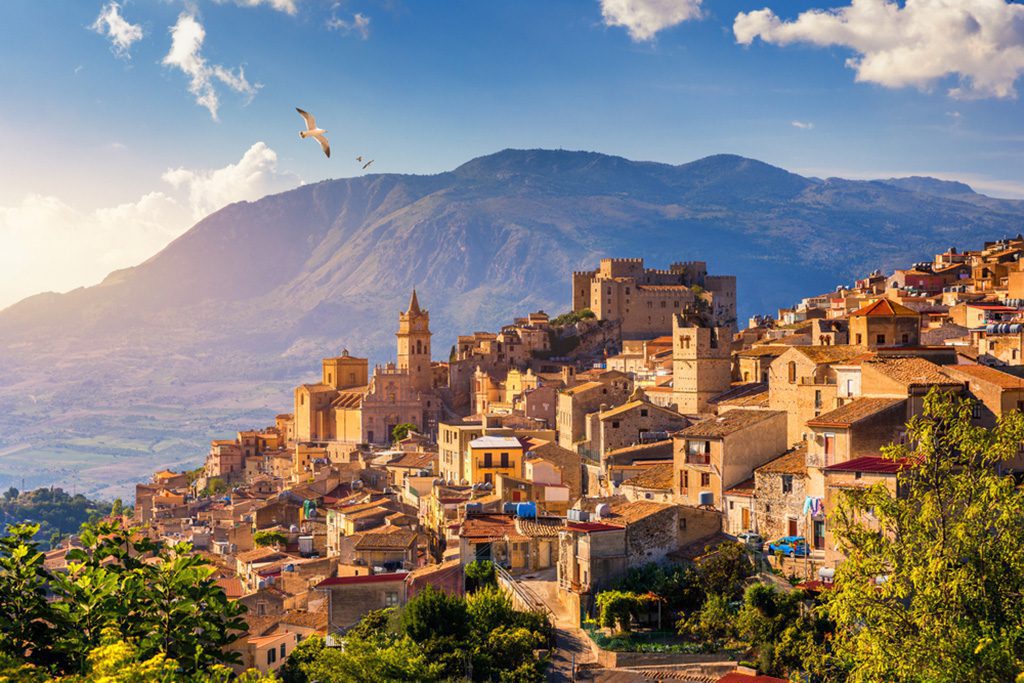
Sicily, the biggest island in the Mediterranean, has a rich and varied history, having been governed by everyone from the Greeks and Romans to the Arabs and Normans.
Such characteristics offer great sightseeing opportunities in places like Palermo, Catania, and Trapani. The landscape is really breathtaking, and there are many interesting ruins and ancient sites strewn around the region to explore.
Sicily is renowned for its beaches, but the island also boasts a wide range of ecosystems to explore. Mount Etna, Europe’s biggest volcano, stands tall amid its namesake region, which is a patchwork of hills, farmland, and picturesque villages.
4-Trentino-South Tyrol
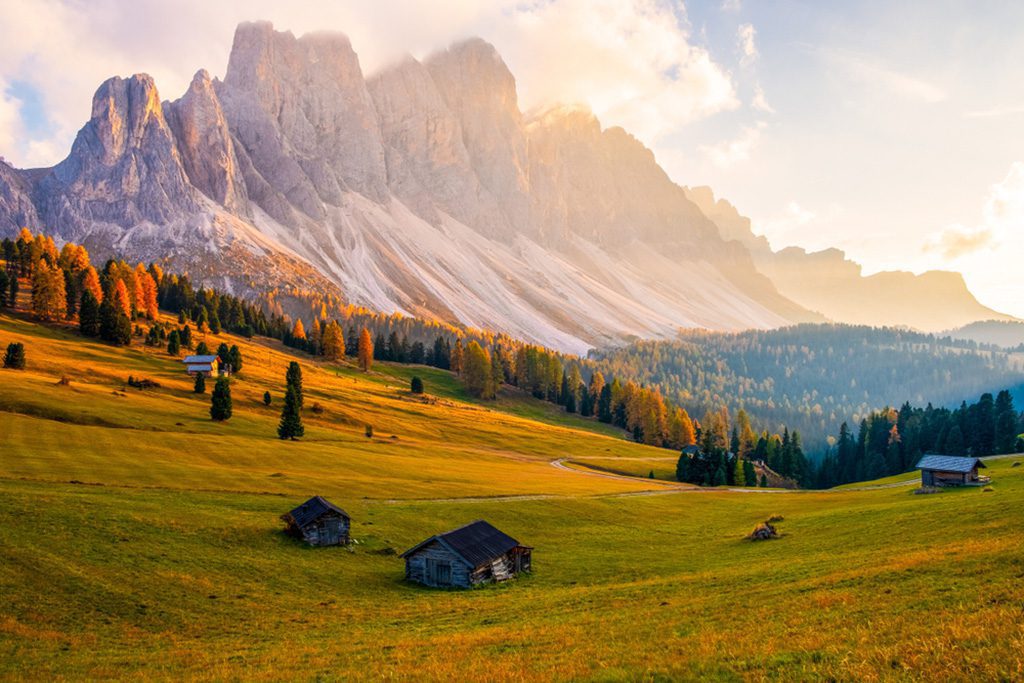
Trentino-South Tyrol, a region in Italy’s northeast that shares borders with Austria and Switzerland, is renowned worldwide for its breathtaking mountainscapes. The beautiful Dolomites can be found in this area.
A variety of outdoor activities, including hiking, skiing, and climbing, are well suited to the alpine environment. Some of the smaller towns and villages have a very Germanic vibe, while others, like Bolzano and the towns of Brizen, Meran, and Val Gardena, have a decidedly Italian one.
Trentino-South Tyrol is home to a wide variety of breathtaking natural attractions, including the country’s most popular national park, the Dolomiti Bellunesi. There are beautiful lakes, rivers, and valleys to discover once you get away from the high mountains. Another great sight is the Seiser Alm, the greatest alpine plateau in Europe.
3-Tuscany
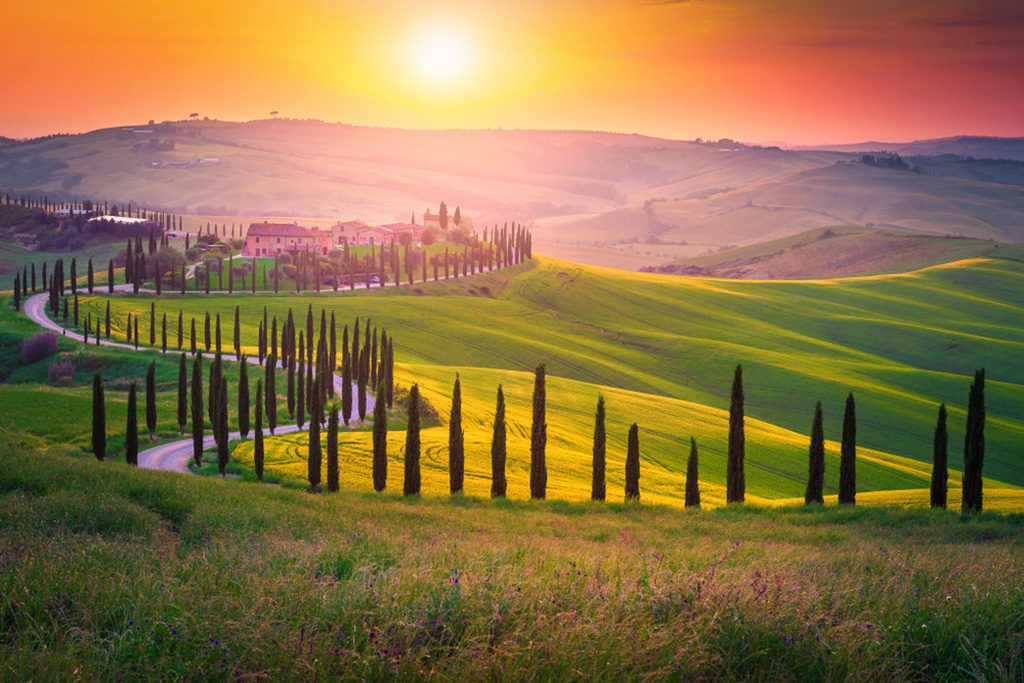
Because of its proximity to Florence, a beautiful Renaissance city, as well as Siena, a medieval city, the Leaning Tower of Pisa, and the Chianti wine area, Tuscany is one of the most visited regions in Italy.
Obviously, traveling in this area is a delight. If you can tear yourself away from Tuscany’s stunningly beautiful cities, you’ll find a magnificent countryside consisting of rolling hills, farms, and vineyards.
Tuscany is complete with a stunning coastline that extends out into the Tyrrhenian Sea. Many beautiful nature preserves, hot springs, and secluded islands can be found in the area as well, rounding out an already picture-perfect setting.
2-Umbria
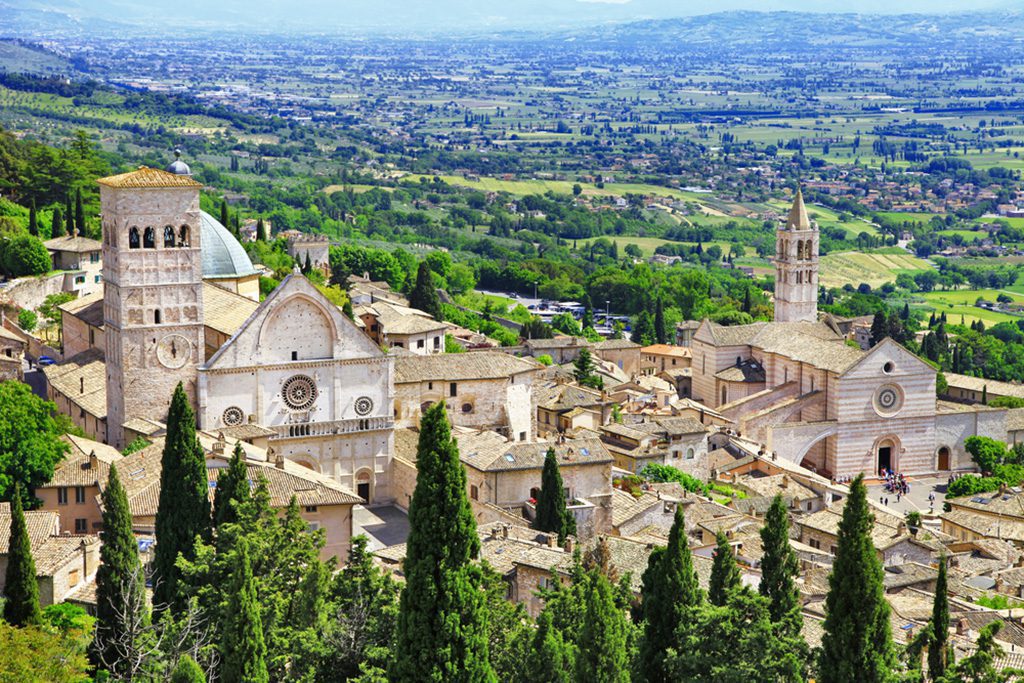
Umbria is a landlocked area of Italy, but its beautiful scenery and abundance of historic towns and villages more than make up for its lack of major cities.
Towns like Perugia, a bustling university town with a gorgeous medieval core, and Assisi, a significant religious center, are two examples of such places. All of these things are simply the tip of the iceberg when it comes to what Umbria has to offer.
The rural landscapes all around you only contribute to the appeal of Umbria as you travel about the area and find hidden gems like Gubbio, Bevagna, and Trevi.
1-Veneto
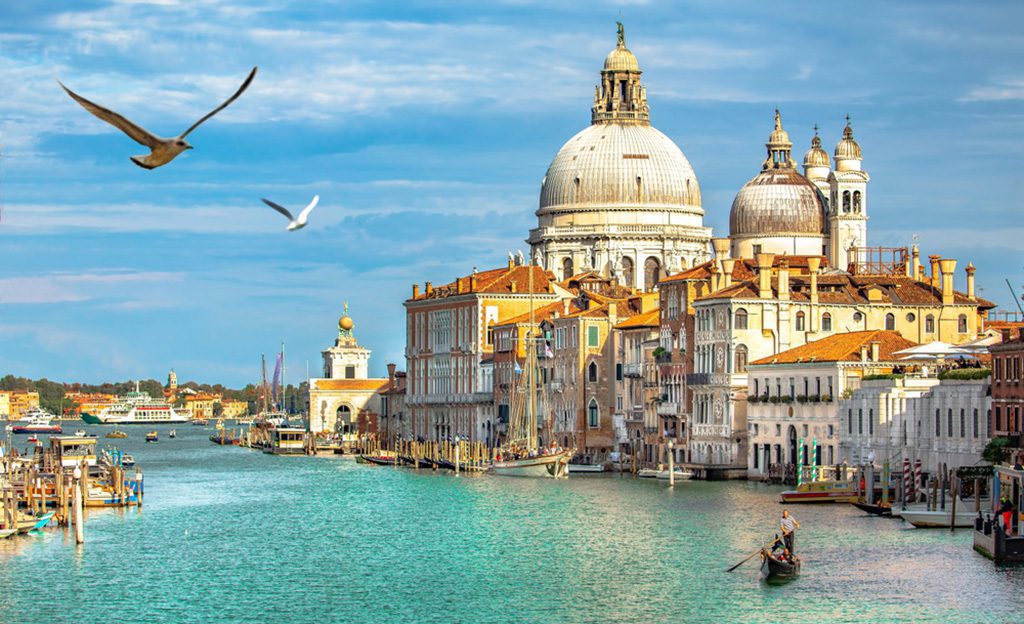
Veneto’s most famous city is Venice, and rightly so; the city’s canals, buildings, and history are unparalleled. However, Veneto is home to many more must-see destinations.
For instance, the posh town of Cortina d’Ampezzo can be found in the north, where it offers superb skiing and hiking (depending on the season) in addition to stunning views of the Dolomites.
Treviso, Padua, Vicenza, and Verona, all to the west of Venice, provide a line of great cities and wonders. Located on the border with Lombardy, the magnificent Lake Garda is another of Veneto’s must-see sights.



